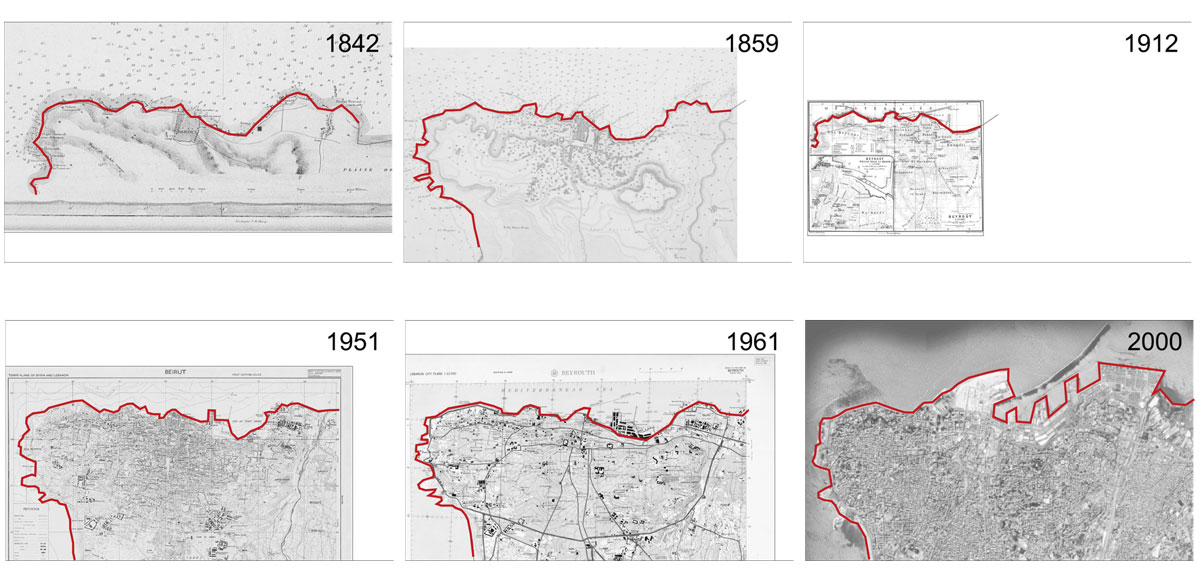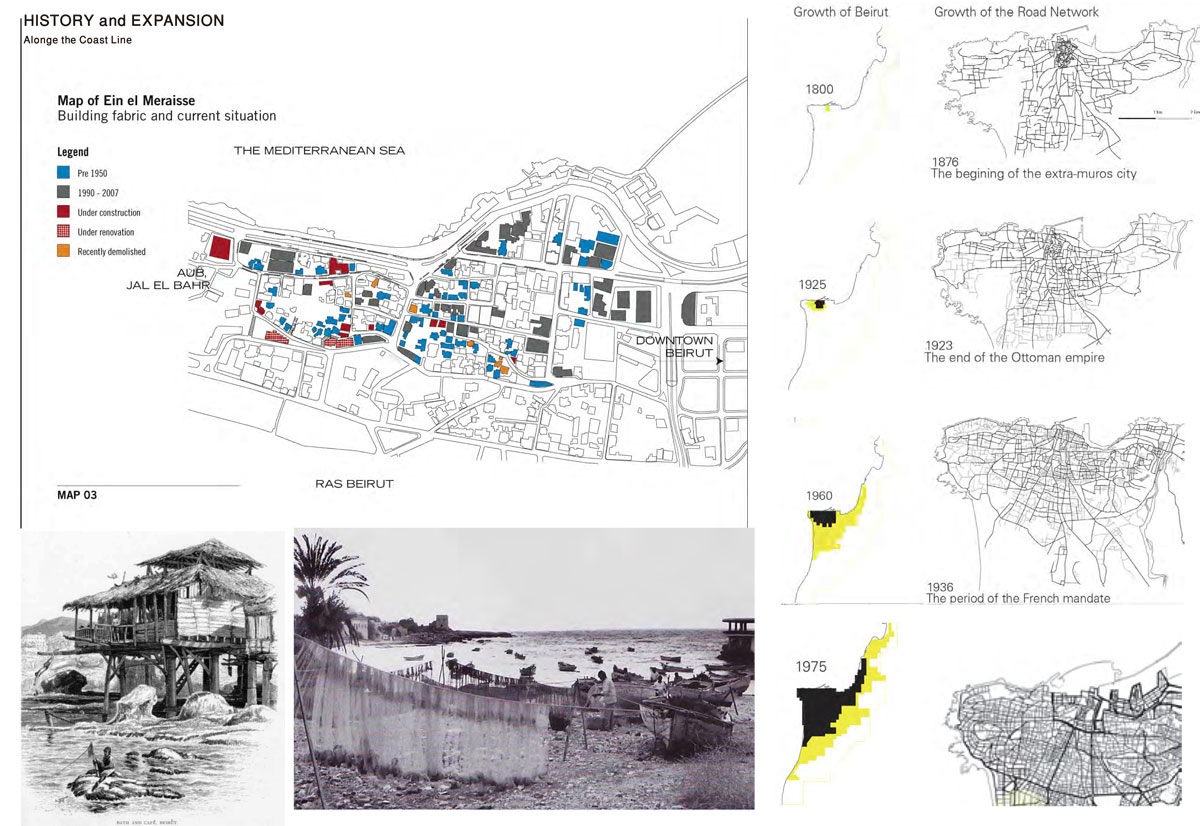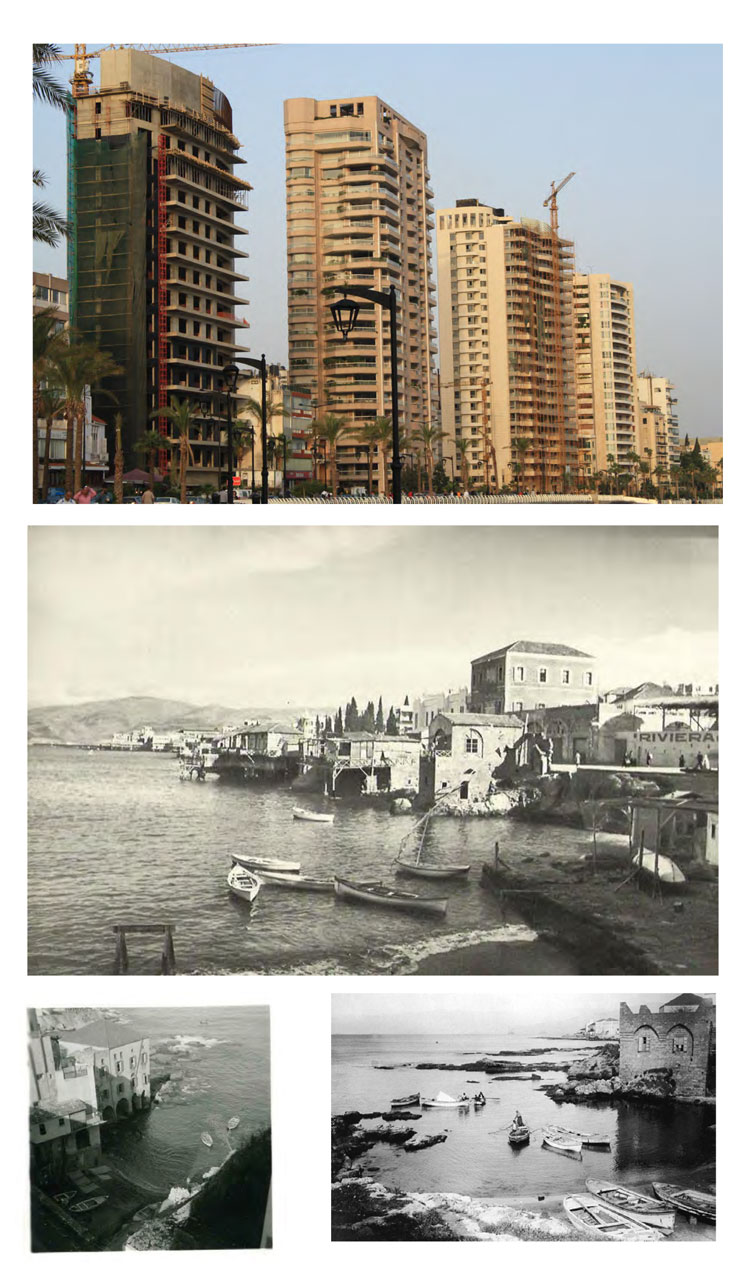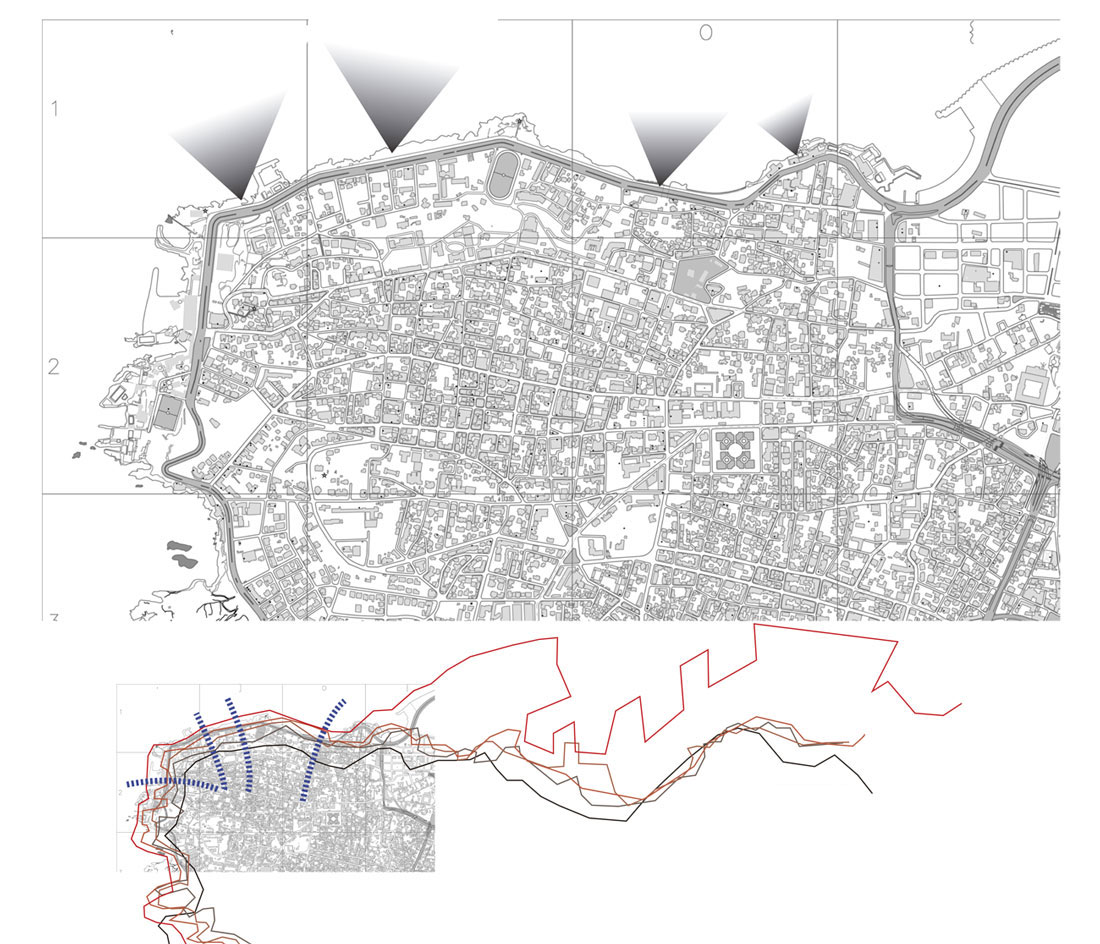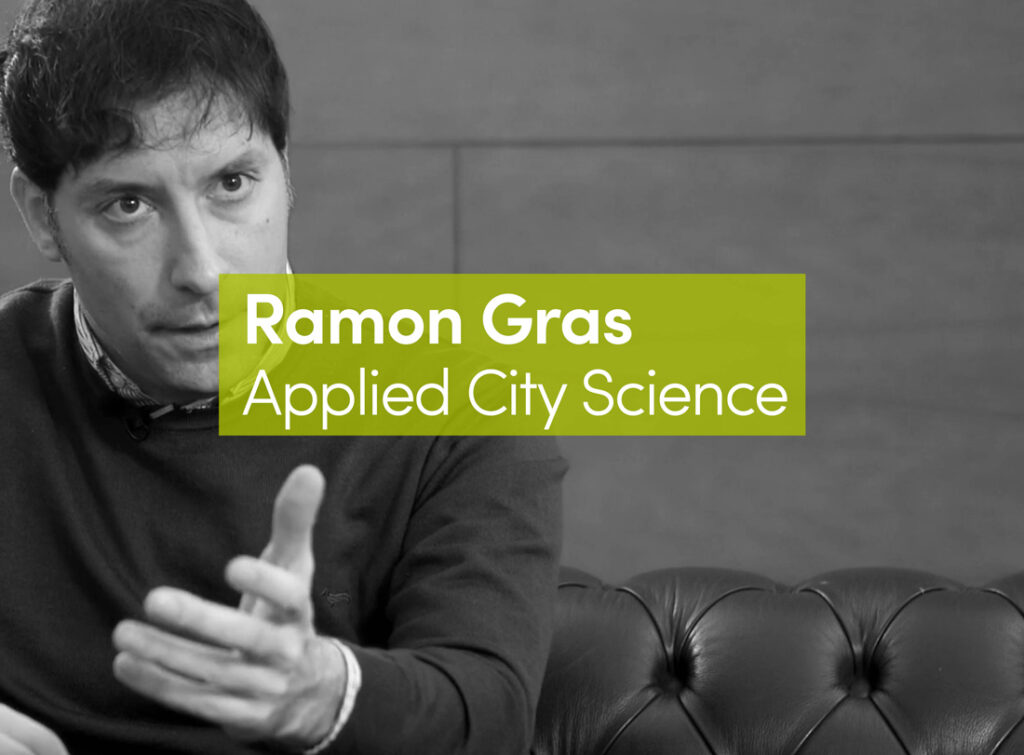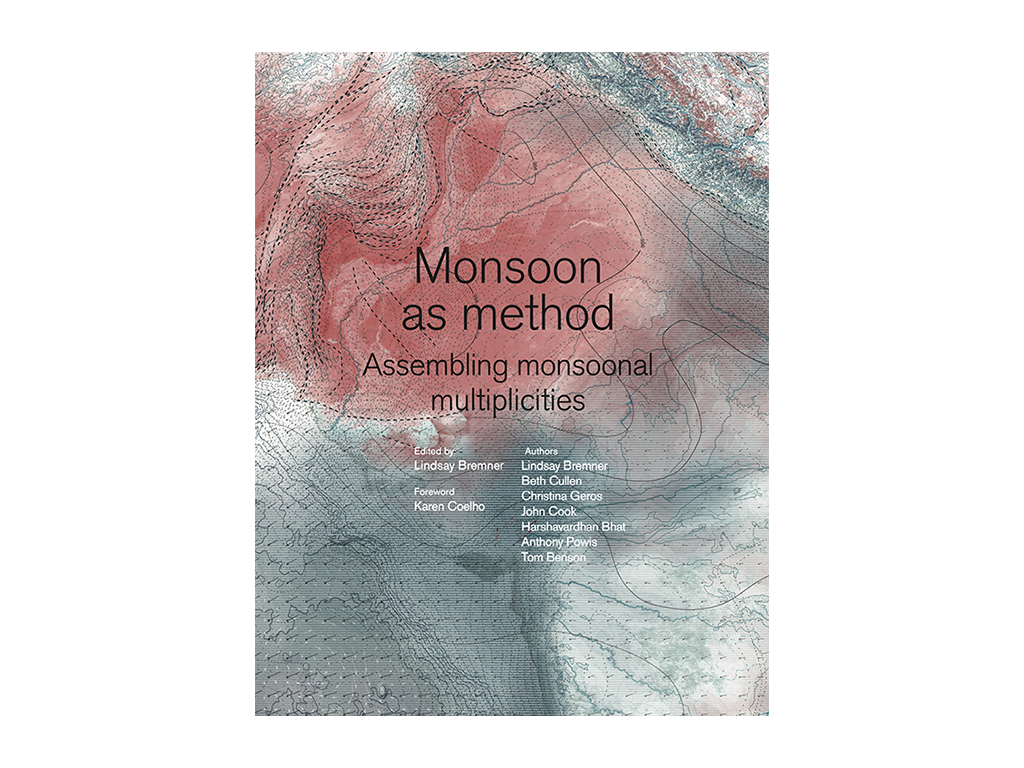The most glaring example and primary precedent of this dynamic is the reconstruction of downtown Beirut and the massive landfills in the sea. The origin of the newly created properties that the downtown development project incorporates lie in the embankments created throughout the war: the city’s garbage and the demolition debris from destroyed buildings.
Looking at this example, we can come to better understand the ways in which wartime urbanization and postwar (reconstruction) urbanization represent more continuity than they do discontinuity. It is this very relationship between war-induced urbanization, reconstruction-justified urbanization, and the occupation of the coast that has produced the ongoing disappearance of beachfront public space. Hagop is a man in his fifties who used to frequently practice his hobby of fishing where the Movenpick Hotel is now located. According to Hagop, the place used to be called “Birkit al-Wahsh” (The Pool of the Beast) because there were large fish there that ate the small fish. He used to enjoy fishing there, until one day the Lebanese army turned the area into a military zone and began requiring a permit to access the area.
Historical Evolution
Hagop and others also used to swim and fish in the adjacent area called “Rass,” because the water there was blue, clear, and clean. When the fishermen were banned from the area because of the Mövenpick, most of them moved to the nearby ‘Itani grotto. Hagop, however, decided to stop practicing his hobby altogether.
The Old and the New
Adnan is a fisherman who was born where the Bain Militaire is currently located. His family used to own land nearby and they lived on the adjacent hill. They used to plant fig trees, grape vines, and cacti on the land. There was a well which they drew water from for the crops. Adnan also recounts that there used to be a café for Khodr al-‘Oud that consisted of a wooden kiosk with an entertainment venue by the sea. According to Adnan, the Bain Militaire location used to be Bayt Rawda during the Ottoman period. Later on, it was transformed into a military base for the army of the French mandate and was then subsequently taken over by the Lebanese army, which turned it into a private club.
The “women’s beach” consists of a small cove completely surrounded by wooden Fences – partly on rocks and partly on the water – so that women could swim without being seen. When the war came to an end in 1990, Ajram Beach was turned into a women-only beach starting at eight o’clock in the morning every day. Male swimmers continued to use the beach for swimming exercise in the earlier hours of the morning, before the women’s time.
A Corniche visitor recounts that there is a municipality sign on the sea-view sidewalk of the Corniche, across from the Riviera Hotel. The sign lists all of the activities that the public is not allowed to engage in on the Corniche. Behind this sign, we find the Riviera Beach enclosure, banning the public from freely accessing the sea – and also banning domestic workers from entering it at all. Behind the walls of the resort there is a concrete jetty that circles the swimming areas, preventing its patrons from fully accessing the sea. Some patrons of private beach resorts go to the beach only to give the sea their backs so as to face the new towers.
Reclaim with Points
I am from the ‘Itani family. Whoever lives here, even if they are not part of the ‘Itani family, is called an ‘Itani. We are well known here because we used to fish a lot in this area and then sell fresh fish in the streets of every part of Lebanon.
I have been living here for forty-five years and I have nine children. I also own chickens, pigeons, and dogs. Do you know that the Phoenicians bred pigeons on the rocks to use for communicating with other cities?
I was once offered an apartment in exchange for my shack. I refused of course. What am I, an idiot? What would I do with an apartment? My entire life is here. The sea gave me all the basic materials to build my house. Even the metal ceiling drifted in from the sea. But the waves of the sea can take back what they want from this house.
It’s nice here. A lot of lovers come to stroll by the sea and gaze at each other. Where can they go other than here?
Abu-Abed ‘Itani, A fisherman in his fifties.
